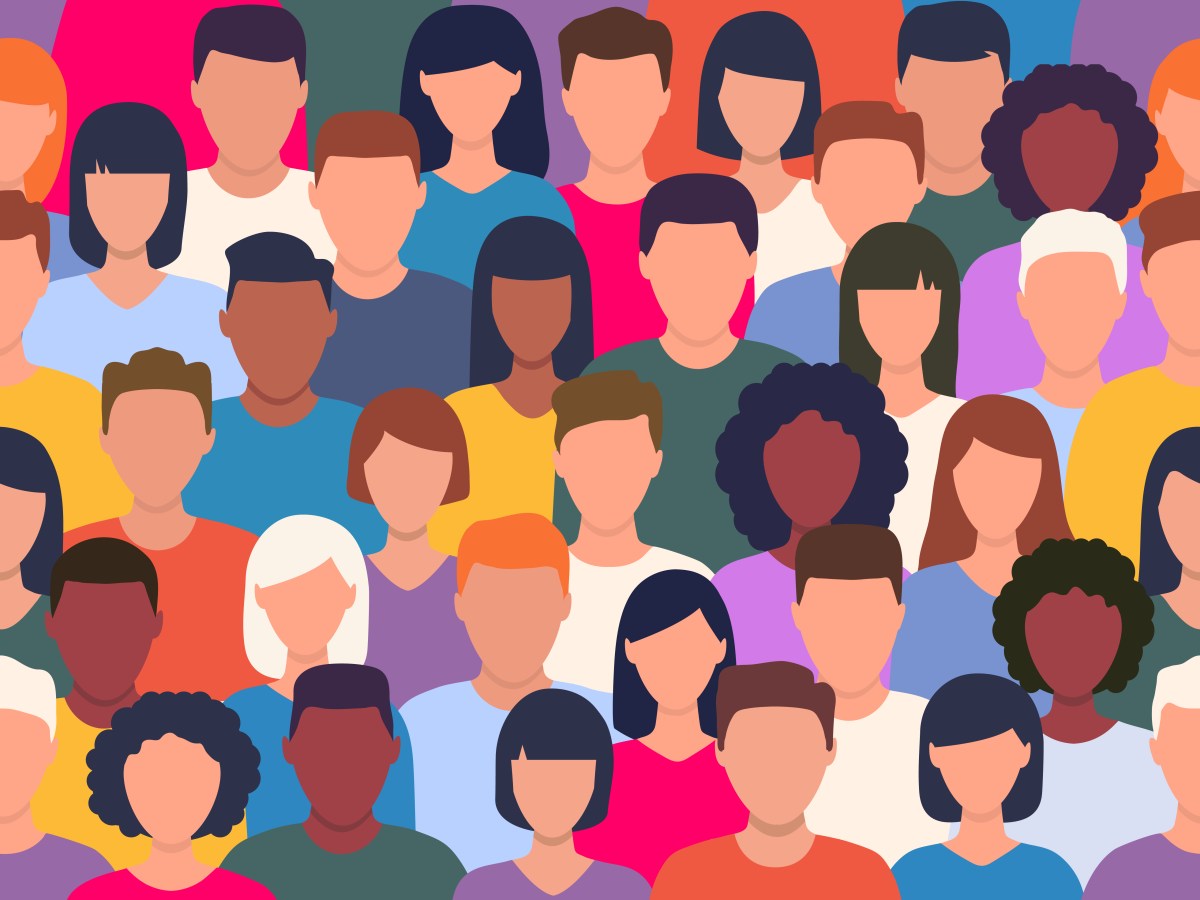- AIdeations
- Posts
- Two-Thirds of Jobs Could be Automated - Here's What You Need to Know
Two-Thirds of Jobs Could be Automated - Here's What You Need to Know
PLUS: Language Models Running On Your Phone??
What's up ya'll, this is AIdeations. The go-to newsletter that takes AI and tech news that slaps and turns it into a no-bs, fun email for you each day.
Things are getting serious quickly. Elon and others are causing for a pause of development on anything better than GPT4, people are running LLM's on tiny computers like Pi, M1 apple computers, and even cell phones. Soon, we will all have personal chatbots localized on our phones and with no need of an internet connection. Wild to even think about. Midjourney version 5 has solved the hands issue in images and is producing extremely photorealistic images that are sure to cause an uproar like it already has with images like the Pope wearing stylish clothes and Trump being arrested.AI is truly moving at breakneck speeds and we are headed to major job disruption sooner rather than later. I'd love your feedback, questions, and suggestions on how to improve or what I'm sharing each and every day. Reach out at [email protected]
Here's what we've got in store for you today:
🤖 2/3 of Jobs Could be Automated
♟️ Stanford Language Model Breakthrough and What It Means
📰 News From The Front Lines
📚 Research: First Contact With AGI?
🎥 Video Of The Day
🛠 Tools Of The Day
Goldman Sachs Report: Two-Thirds of Jobs Could be Automated - Here's What You Need to Know
So, artificial intelligence is taking over jobs. Shocking, I know. But don't worry, it's not like we'll all be out of work tomorrow. According to a new report by Goldman Sachs, "significant disruption" could be on the horizon, with two-thirds of jobs potentially being automated to some degree. But hey, at least AI will boost labor productivity growth and increase global GDP by up to 7%, so we've got that going for us.
Here are some key takeaways from the report:
Jobs that involve physical labor are less likely to be significantly affected by AI automation.
Office and administrative support jobs are most vulnerable to automation in the U.S., followed by legal work and tasks within architecture and engineering.
In Europe, clerical support roles are most affected, with 45% of their work potentially being automated.
Hong Kong, Israel, Japan, Sweden and the U.S. are likely to be the most affected countries, while mainland China, Nigeria, Vietnam, Kenya and India are the least likely.
The impact of AI will ultimately depend on its capability and adoption timeline.
So, what does this all mean? It means that we need to start thinking about how we can adapt to these changes. Maybe it's time to invest in learning new skills that can't be automated. Or maybe we need to start thinking about how we can work alongside AI instead of against it. Whatever the solution may be, one thing is clear: the age of AI is here, and we need to be ready for it.
Careers Most Exposed:

Language Model Breakthroughs: Alpaca's Rapid Development Paves the Way for Personalized Chatbots

The field of natural language processing has seen tremendous advancements in recent years with the development of advanced language models like GPT-3. However, the development of such models requires a significant investment of resources and time, making them accessible only to a handful of organizations with the resources to fund such research.
While Alpaca has been shut down due to safety and cost concerns, it's important to note, others are having a lot of success building models in a similar fashion.
To train a model like GPT, it costs about $4,000,000. This high cost has made it challenging for small organizations to develop their own language models. However, recent breakthroughs have shown that this cost can be significantly reduced.
Stanford's Alpaca model, while not as robust as GPT, only cost about $600 to develop. This represents a significant cost reduction that was projected to happen in 2030, but it has already been achieved. What was supposed to take 8 years of work only took 5 weeks, thanks to the advancements in machine learning techniques and the availability of vast amounts of data to train models.
Due to its small size, Alpaca can run on much smaller devices like local computers and even cell phones. This represents a significant shift in the way we interact with language models. In less than a few years, we will all be running localized chatbots on our phones, making the technology accessible to everyone.
These localized chatbots will enable people to communicate with computers in a more natural way, allowing for more personalized experiences. They will be able to understand human language and respond accordingly, allowing for more efficient and effective interactions.
The development of smaller, more cost-effective language models like Alpaca represents a significant advancement in the field of natural language processing. It has opened up new opportunities for smaller organizations and individuals to develop their own language models, which were previously only accessible to a handful of large organizations. As we move forward, we can expect to see more breakthroughs in the field of natural language processing, which will further democratize access to this technology.Just remember, this is only just the beginning. If you aren't keeping up and paying attention, it's only going to speed up. Our careers, future, and livelihoods will be changing rapidly.
Every AI hobbyist needs to realize how soon your laptop and smartphone will have a ChatGPT on it.
It's happening soon and way faster than you think.
Here's what you need to know (the non-technical version):
— Pete (@nonmayorpete)
7:59 PM • Mar 27, 2023
📰 News From The Front Lines: 📰
📚 RESEARCH 📚
Artificial General Intelligence (AGI) has been a long-standing goal of humanity, with the aim of creating machines capable of performing any intellectual task that humans can do. To achieve this, AGI researchers draw inspiration from the human brain and seek to replicate its principles in intelligent machines. Brain-inspired artificial intelligence is a field that has emerged from this endeavor, combining insights from neuroscience, psychology, and computer science to develop more efficient and powerful AI systems. In this article, we provide a comprehensive overview of brain-inspired AI from the perspective of AGI. We begin with the current progress in brain-inspired AI and its extensive connection with AGI. We then cover the important characteristics for both human intelligence and AGI (e.g., scaling, multimodality, and reasoning). We discuss important technologies toward achieving AGI in current AI systems, such as in-context learning and prompt tuning. We also investigate the evolution of AGI systems from both algorithmic and infrastructural perspectives. Finally, we explore the limitations and future of AGI.
📼 Videos Of The Day 📼
How Fast Is AI Evolving?
🛠️ Tools Of The Day 🛠️
AI Lawyer- AI-lawyer ready to give you expert legal help anytime, anywhere.
Dispute AI - Dispute AI makes fixing your credit and increasing your credit score fast and easy.
Genmo - Create and edit videos or images from text using GPT-4.
Arvin- AI writing tool for crafting captivating marketing emails, engaging blog articles, effective product listings, and professional job application materials.
StealthGPT - AI powered human written responses with a 100% money-back guarantee if your writing is detected
Lyrical Labs - Write song lyrics better and faster with the power of AI
Pickaxe - Build, manage and deploy custom GPT4 apps using no code.
Thanks for tuning in to our daily newsletter. We hope you found our tips and strategies for AI tools helpful.
Your referrals mean the world to us. See you tomorrow!
Interested in Advertising on AIdeations?
Fill out this survey and we will get back to you soon.
DISCLAIMER: None of this is financial advice. This newsletter is strictly educational and is not investment advice or a solicitation to buy or sell any assets or to make any financial decisions. Please be careful and do your own research.







